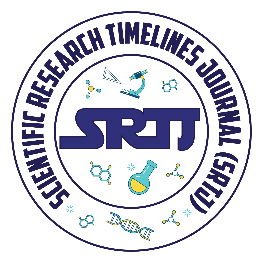NON-GLUTEN PROTEINS IN WHEAT GRAIN
Keywords:
Non-gluten; proteins; Gluten-free; Diet; Gliadins; Glutenins, Non-gluten, proteins, Gluten-free, Diet, Gliadins, GluteninsAbstract
Wheat, a fundamental staple in global grain crops, plays a crucial role in providing sustenance for both humans and livestock. The increasing prevalence of celiac disease (CD), affecting around 1% of the population, has generated a growing demand for gluten-free products. This article explores the intricate domain of non-gluten proteins in grains, centering on wheat, examining their functions, advantages, and implications for human health. The profiling of wheat grain proteins, such as albumins, globulins, gliadins, and glutenins, is pivotal for diverse food products. Notably, gliadins and glutenins, prevalent in wheat endosperm, contribute essential viscoelastic properties crucial for the production of items like bread, pasta, and noodles. While gluten-free diets offer benefits for individuals with gluten-related diseases like CD, they may introduce nutritional deficiencies. This article delves into the impact of non-gluten proteins on human health, illuminating potential advantages such as antioxidant activity. The discussion also encompasses challenges linked to adopting a gluten-free diet, including the risk of nutrient imbalances and the imperative of lifelong adherence for those with gluten-related sensitivities. The article provides insights into the future outlook, offering a glimpse into potential advancements in managing gluten-related diseases and improved methods for measuring complex protein groups in foods for individuals with gluten-sensitive enteropathy.
Downloads
Downloads
Published
Issue
Section
License
Copyright (c) 2024 Scientific Research Timelines Journal

This work is licensed under a Creative Commons Attribution-NonCommercial 4.0 International License.








 This work is licensed under a
This work is licensed under a 